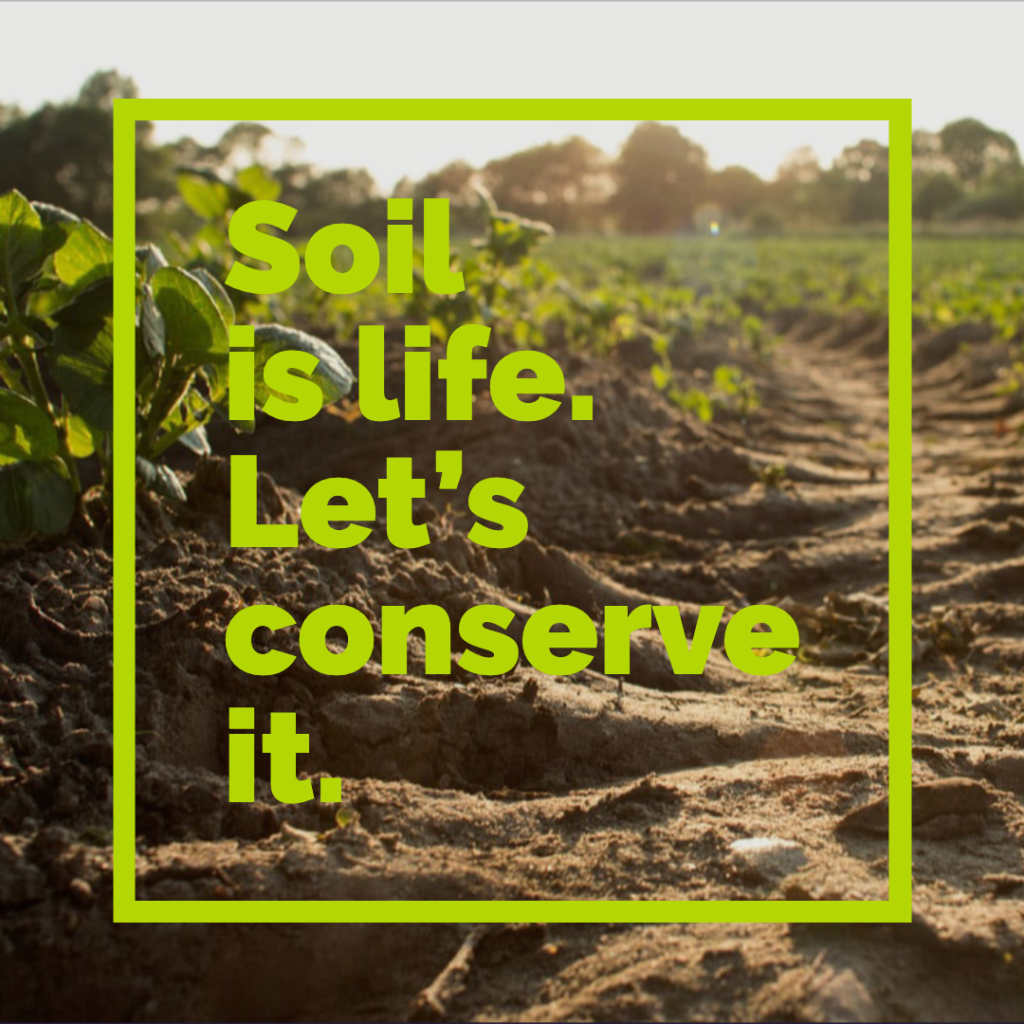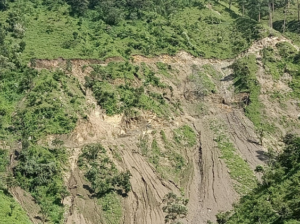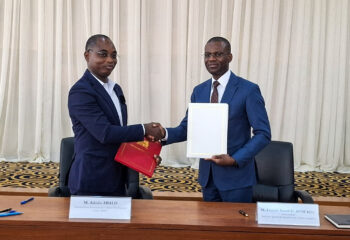
By: Dr. Shree Prasad Vista, Senior Soil Scientist, Nepal Agricultural Research Council (NARC), Dr. Yam Gaihre, Soil Scientist, International Fertilizer Development Center (IFDC), Dr. Naba Raj Pandit, Research Associate, International Maize and Wheat Improvement Center (CIMMYT).
This post has been adapted from an op-ed submitted by the authors on soil management in Nepal.
Today we are celebrating World Environment Day. #ForNature we need to raise awareness on the importance of sustaining healthy ecosystems and human well-being by addressing the increasing threats to soil management.
Human-induced soil erosion is rampant across different geographic regions in Nepal. The negative impacts of soil erosion are becoming more evident and go beyond the loss of fertile topsoil and reduced agricultural productivity. Soil degradation, flooding, deforestation, and pollution to the land, water, and atmosphere are among other negative effects. Erosion results in a great loss of flora and fauna and threatens biodiversity and rural livelihoods.
Soil is the basis of everything. All life depends on the soil. Healthy, fertile soils lead to healthier people and happier, more prosperous societies. As our population grows, demand for land for crop cultivation increases to meet food needs. But land and soil are limited. It takes between 100 and 1,000 years to produce one inch of topsoil. However, with accelerated soil erosion, mainly due to human activities, we are losing tons of soil every day. The Food and Agriculture Organization (FAO) of the United Nations estimates that one football pitch (7,140 square meters) of soil is eroded every five seconds.
Unless we manage our soils properly, all attempts to improve food and nutritional security and eradicate poverty will be an obscure and wild dream.
Nepal is no exception. There has been excessive exploitation of sloped land, mainly due to unplanned development (such as road construction), threatening human well-being and biodiversity. The erosion intensity varies with topography, agro-ecosystem, change of land cover, demography, and agricultural practices. It is more serious in sloped areas than level land.
Since the Government of Nepal has set a target to double agricultural production within the next five years, more attention should be given to improving soil fertility and protecting soil from erosion. Preventing soil erosion through increased awareness and concrete action plans in the field is a must for improving soil health and achieving food security for the growing population. Soil erosion can be reduced through various farming and watershed management practices, including effective soil conservation measures. Practices that could reduce soil erosion in Nepal include adopting sloping agricultural land technology, such as planting trees in a contour line, minimum soil disturbance, bioengineering technologies, afforestation, agroforestry, cover crops, balanced fertilization with integrated use of inorganic fertilizers and organic inputs, optimum irrigation with proper drainage channeling, mulching, proper terracing, control grazing, etc.
Managing the soil in a judicious way could help increase food, nutrition, and water security; these actions are keys to addressing poverty. Integrated Soil Fertility Management (ISFM) is also a promising approach to improve soil fertility, retain water and nutrients, improve crop productivity, and improve the livelihoods of smallholder farmers. ISFM is a set of soil fertility management practices that include the use of inorganic fertilizers, organic inputs, and improved seeds, adapted to local conditions and designed to improve crop productivity.
Unless we manage our soils properly, all attempts made by the Government to meet the Sustainable Development Goals (SDGs)—to improve food and nutritional security and eradicate poverty—will be an obscure and wild dream. Franklin Delano Roosevelt, the 32nd president of the United States of America, said, “The nation that destroys its soil, destroys itself.” If we care for the soil, we care for ourselves.
Soil is life. Let’s conserve it.





